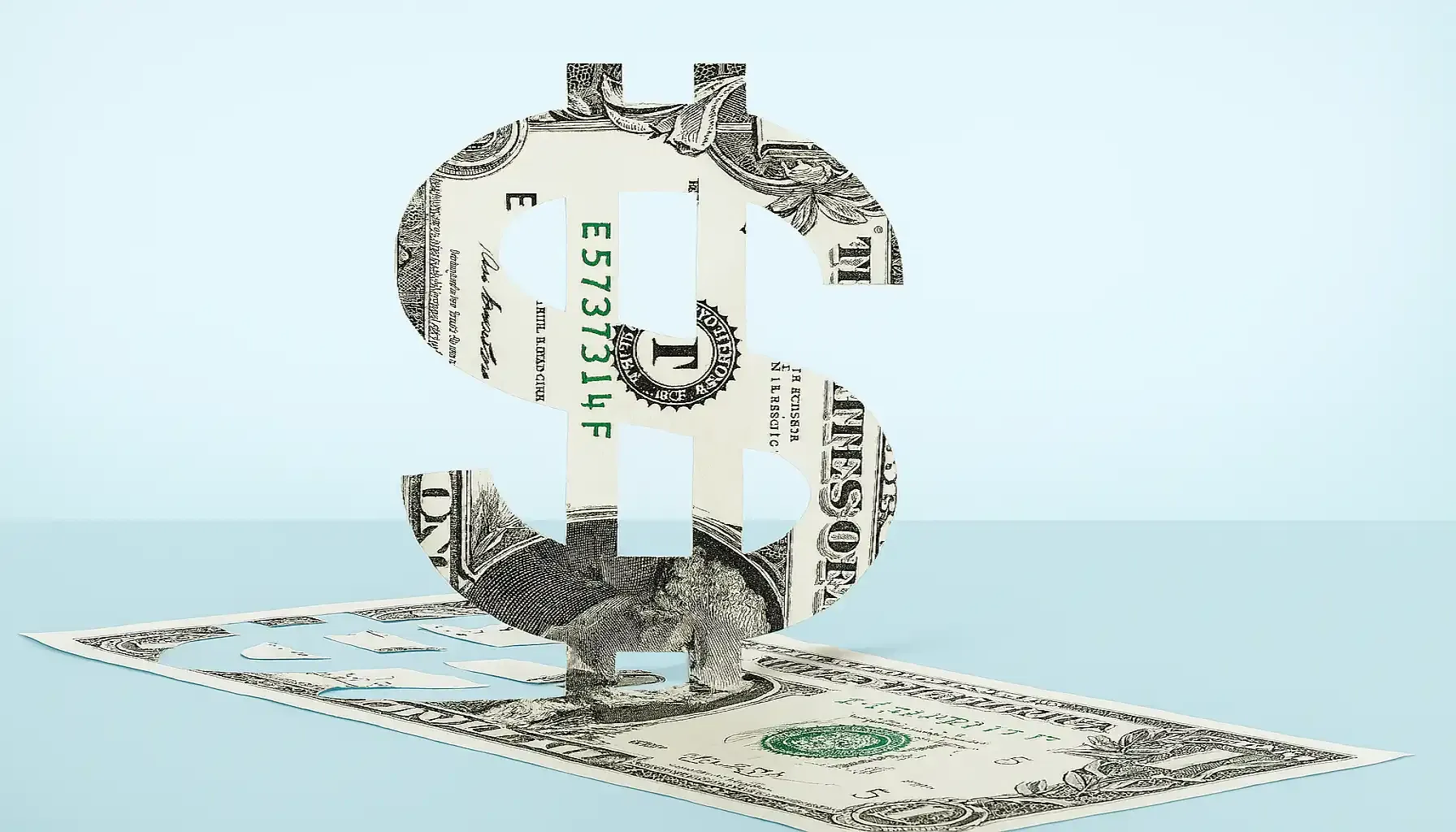Contents:
Coins, like any other cultural creations, have a long history that may fascinate them as they reflect the time they were born and used. Ancient coins are probably the most sought-after instances, those reminders of what it was like to live in the past and make purchases when other “modern” means had not been available yet.
Most collectors, who aspire to obtain something unique and valuable, usually look for world history coins yet struggle to choose which coin identifiers by picture to employ and how to identify which types are worth the money and time (and which are not for sure). We have compiled a quick overview of the most notable ancient coins from all over the world to let you consider what suits your needs and preferences best.
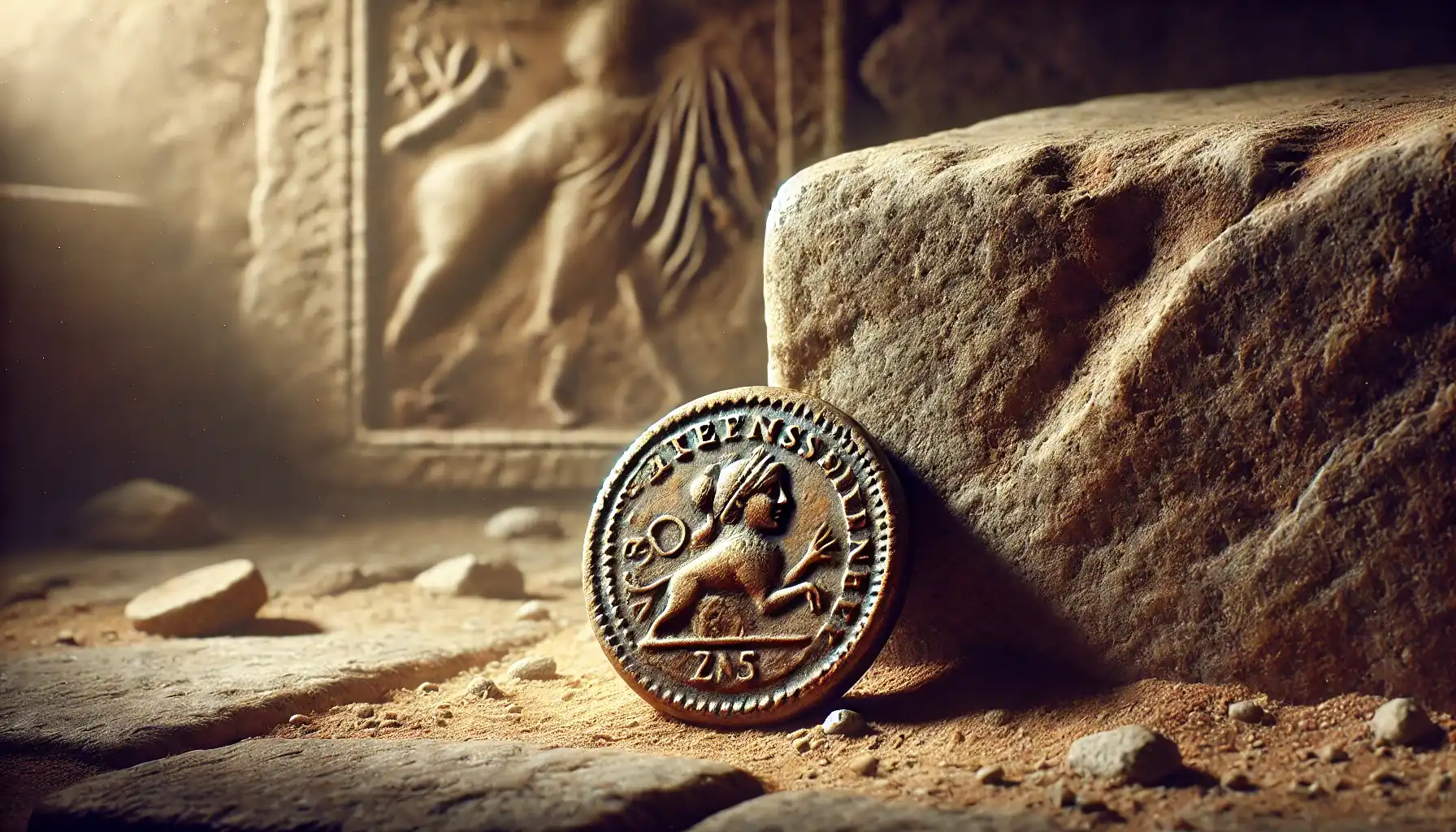
The Birth of Coinage
The history of coins is as diverse as the journey of humankind itself. Long ago, around the 7th century BCE, residents of the kingdom of Lydia (i.e., western Turkey), who had already been engaged in market relations, created the earliest coins in history. Before this, people utilized numerous tools and casual items to reproduce what we know as sales, yet the first official purchase means referred to electrum as the main material and a distinct symbol to indicate its value and significance.
The concept of coinage made its way through the Mediterranean Sea to enter new regions like Greece and Persia, though this endeavor adapted according to the local customs, traditions, and economic situations, too. This is how the countries managed to become more or less similar in terms of the market, its participants, and the government. So, let us finally take a look at some of the most popular numismatic creations from the past.
Greek Coins
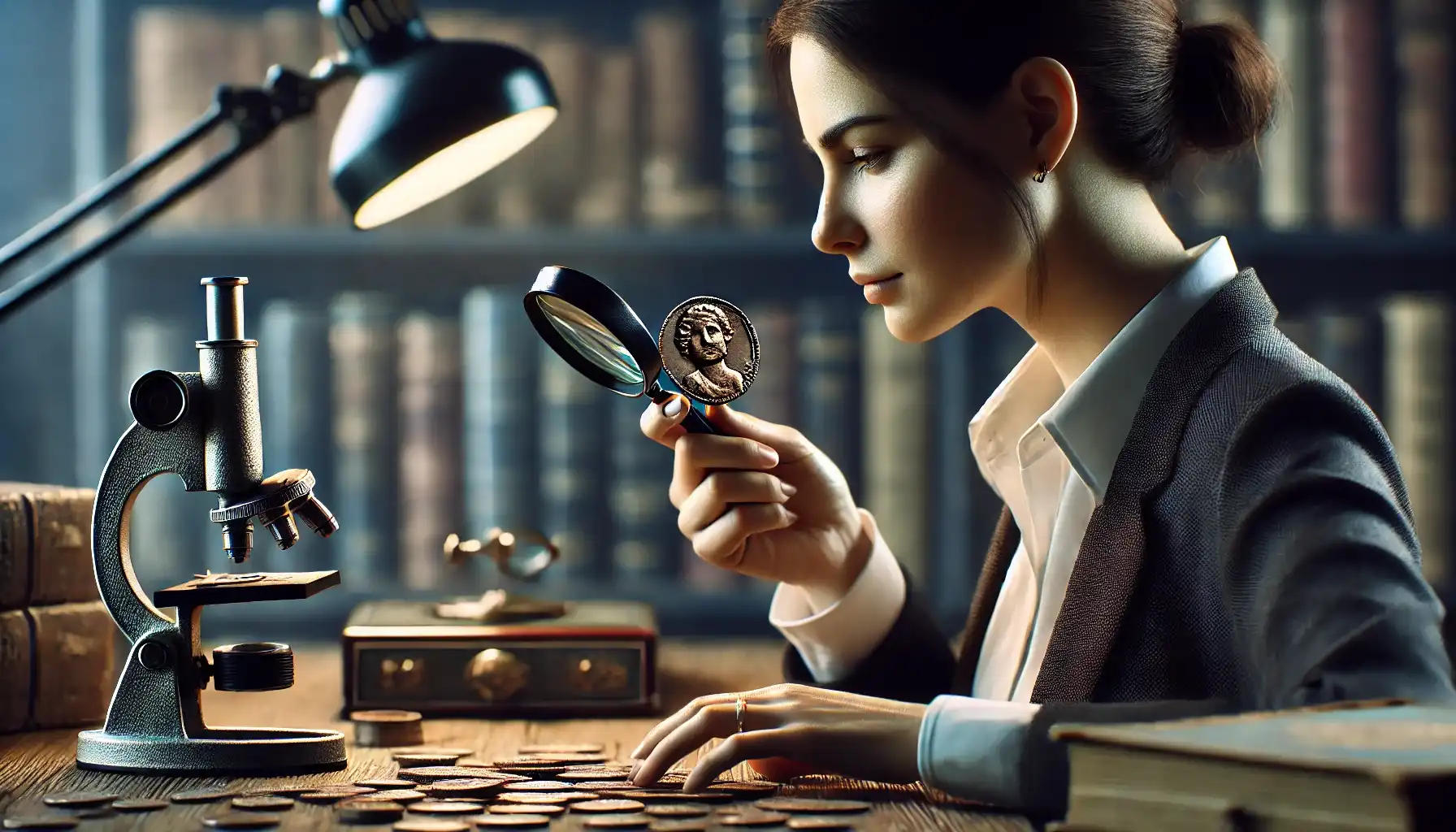
Greek coins are among the most iconic and influential in the history of numismatics since they do reflect the rich culture of ancient Greece, their significant position in the world’s development, and their important role in cultural enhancement. Following the example of the Lydians, Greeks started minting coins of silver, gold, and bronze in the 6th century BCE with unique items featuring gods and local symbols.
A fun fact: The majority of ancient Greek coins are considered masterpieces of ancient or even world art, which defines this importance as exceptional. Hence, the legacy of the magnificent country will never fade away.
Roman Coinage

Another popular example comes down to the ancient Roman coinage that originated in the late 4th century BCE, obviously inspired by their neighboring country, i.e., Greece. The most notable instance of Roman coin history is surely the denarius, i.e., a small silver coin with historical value featuring gods/emperors/traditional symbols pictured on it. The value, though, differed and does differ according to the materials used, their weight, and designs (often of deities and symbolic imagery).
Originally, these small units of currency were used as an efficient tool of propaganda and simple communication in order to boast achievements and legitimacy, such as military victories and crucial discoveries.
Byzantine and Medieval Coins
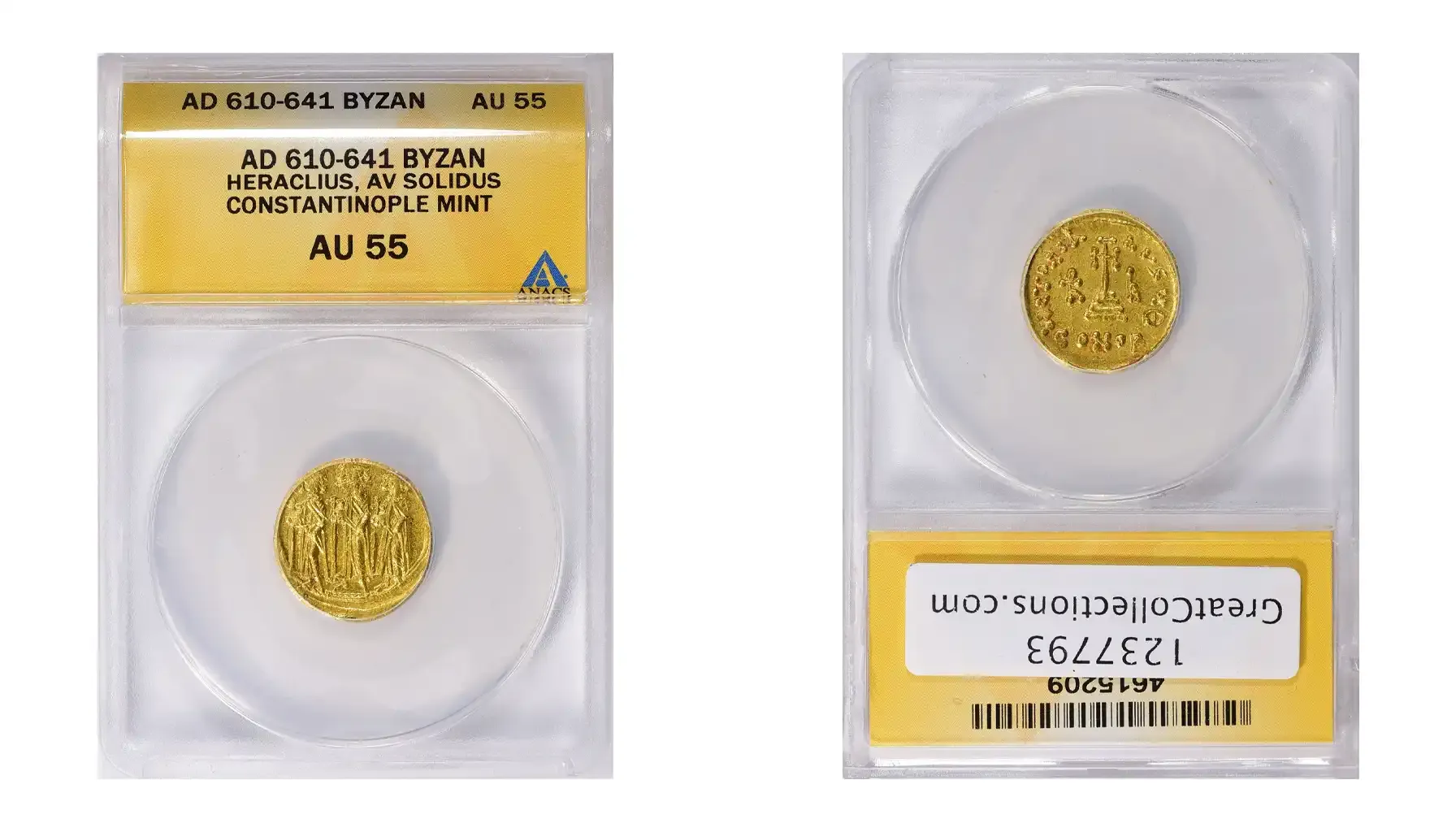
The Byzantine Empire did not leave us without a significant continuation of the Roman Empire which was reflected in the tradition of coinage yet with the Christian identity and political basis. In the early 4th century, Emperor Constantine I introduced a gold coin called the solidus that portrayed Christ or any other religious imagery, which facilitated positive Christianity distribution, as well as the rise in economics.
Medieval coins became the indicators of stability and wide acceptance, however controversial this situation might have been. So, why not seek an ancient item featuring a ruler, saints, and symbols that vividly demonstrate their art? Sophisticated coins do exist.
Islamic Coinage
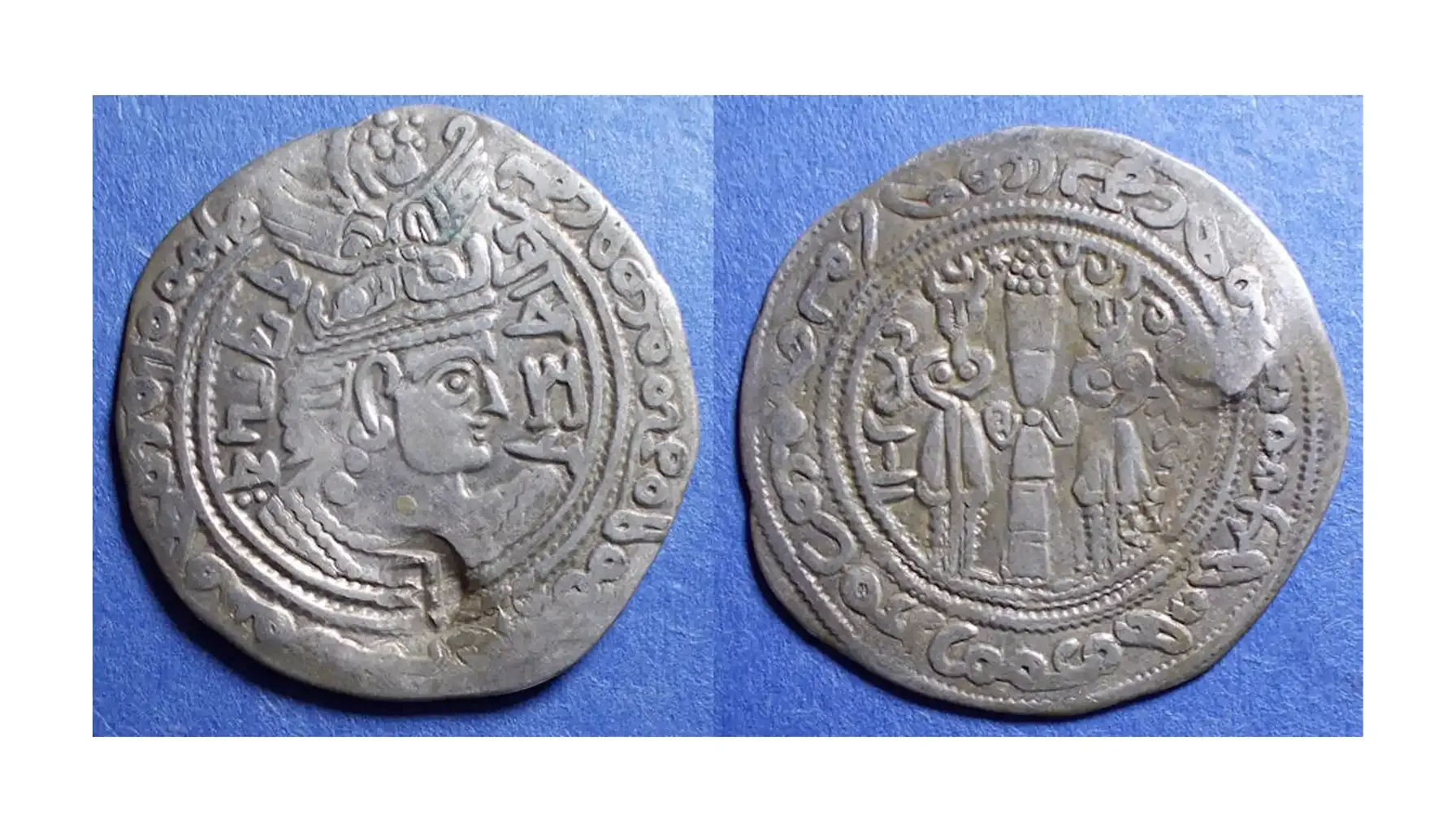
The latest group of today’s discussion is the Islamic coinage, as there appeared true Islamic coins with elegant Arabic calligraphy, religious principles, and pictures of saints in the end. The first true Islamic coins were issued under the Umayyad Caliphate in the late 7th century, replacing Byzantine and Sassanian prototypes.
The most significant modification came with the reforms of Caliph Abd al-Malik, who introduced the gold dinar and silver dirham, with elegant Arabic calligraphy instead of human or animal figures, per Islamic aniconism. These coins often carried religious inscriptions, such as the Shahada and Quranic verses. Over time, the approaches to coinage changed but their ideas remained the same.
What You Might Need to Explore Historical Coins
A Fine Coin Identificator
Before you purchase ancient coins, it is vital to make sure this instance is not fake and exempt from a thorough examination of certificates and regulations. The most accessible way to detect the worth is to rely on a coin identifier like Coin ID Scanner which allows one to take a picture right in the app and identify its type in an instant with a high level of precision. Do not hesitate to employ additional tools, for they may save your wealth in the end.
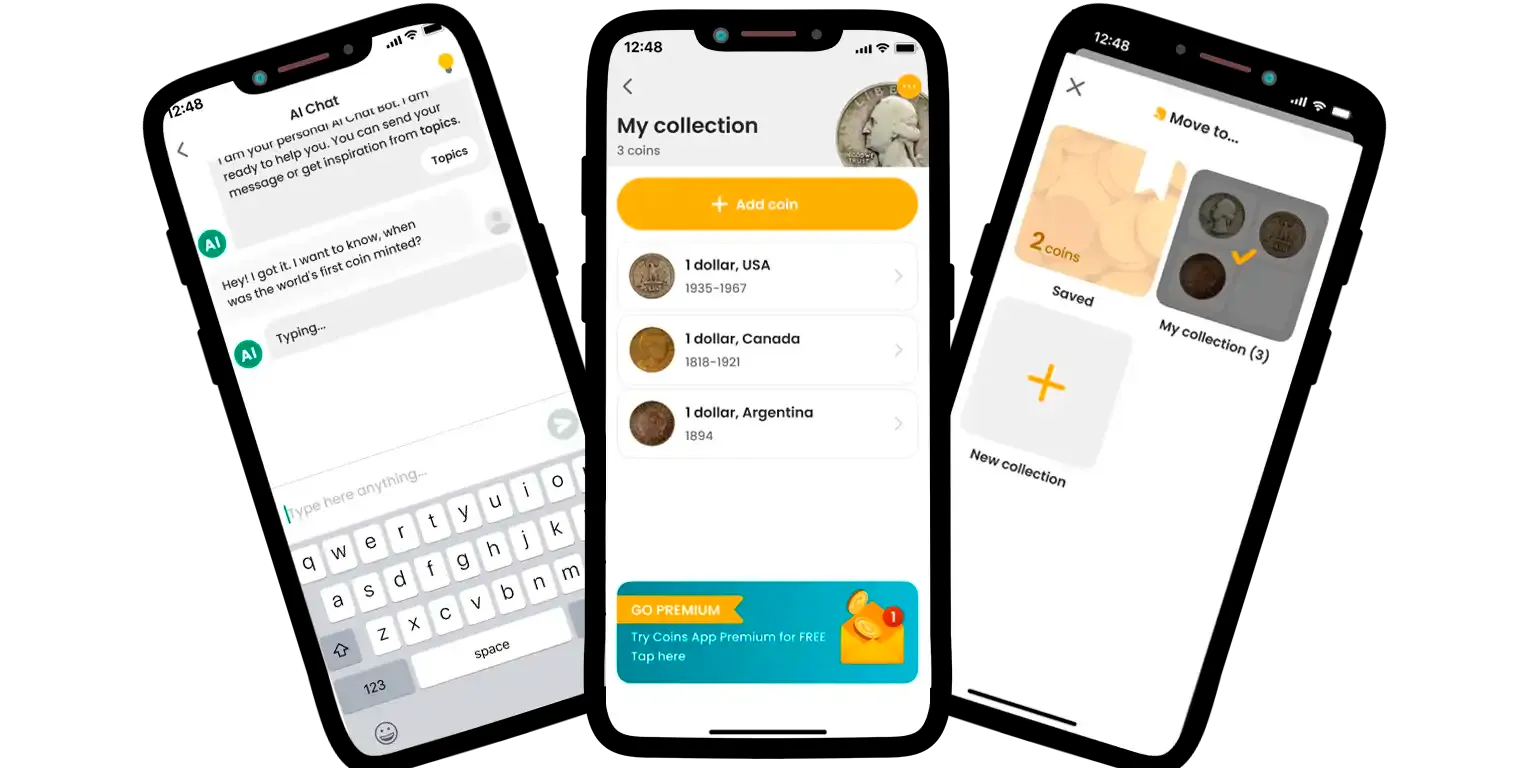
What does the “D” on a penny mean? What is the story behind your coins? Use this fine software to explore the numismatic world with ease.
A Magnifying Glass or Loupe
Coins often bear artifacts and details that are hard to see with the naked eye. All in all, a magnifying glass may help one examine peculiar metal plates appropriately so as to understand their true value and appeal to the authorities with the most detailed descriptions possible to get additional information or even certificates of authenticity.
Numismatic Communities
Numismatic societies are probably one of the most comfortable spaces for both professional numismatists and amateurs as well. As such, they are like an open book of numismatic knowledge, sound advice, experience, and adequate resources that may help one get through classic challenges with confidence and grace. Besides, it is always reasonable to buy, exchange, or sell coins via such communities so as to ensure the safety of the process for good.
A Secure Storage Location
Last but not least, one should be equipped with a secure place, where a purchased coin may be held for a long time. A safe storage location is to help you protect a collection from theft, fire, environmental damage, or simply unnecessary attention. Insurance coverage is also worth considering for collections of an exceptional level of value (both financial and emotional, too).
Coins throughout history changed, and collecting them is like time travel in the real world. Most people who strive to become professional numismatists should be aware of the cultural contexts and circumstances in general so as to find the most notable instances and take them home.
Uncover the stories of the past with what is always well preserved, i.e., coins, even in the worst course of time people might be living in.

